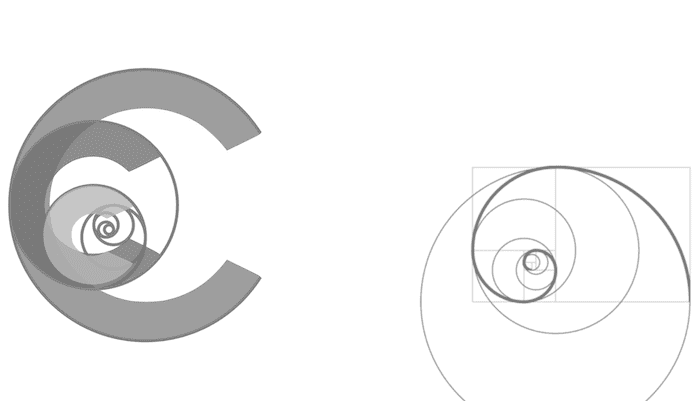Nasal intubation
OVERVIEW
- nasal intubation may be performed blind or with fiberoptic assistance
INDICATIONS
When oral intubation is not feasible
- angioedema of the tongue
- mechanical obstructions to mouth opening from mandibular fixation or other oral pathology
- fixed neck contracture and limited mouth opening
CONTRA-INDICATIONS
- siginificant hypoxia or other situation requiring emergency cricothyroidotomy
- base of skull fracture
- coagulopathy
- disruption of the midface, nasopharynx or roof of the mouth
METHOD
Blind nasal intubation as described by Rich Levitan: ‘Spray-Trumpet-Spray-Tube-Spray’
- Anaesthetic spray into naris (5-10cc of 4% topical lidocaine with oxymetazoline, either via disposable single patient bottle or via disposable spray pump atomizer or syringe)
- Insert nasal trumpet lubricated with 2% lidocaine jelly (leave in place for 1 min)
- Spray anesthetic spray through trumpet and remove trumpet
- Insert “trigger” tracheal tube (as large as will be tolerated, at least 7.0) to approximately 14–16 cm, keeping the proximal end of the tube directed toward the patient’s contralateral nipple (this helps to direct the tip of the tube toward the midline). There should be loud breath sounds audible through the tube. This verifies location above the laryngeal inlet.
- Spray anesthetic once through tube again. The patient will cough and buck
- Pass tracheal tube through cords during inhalation
- Confirm placement, sedate, and administer muscle relaxants as needed
OTHER INFORMATION
- deliver oxygen using a nasal cannula through the contralateral naris or through the mouth
- In the patient who is too agitated to permit the procedure consider using small aliquots of ketamine (10 mg IV, repeated up to 40-50 mg total, although more can be given if needed)
- when passing a nasal trumpet or ETT ensure the bevel faces the turbinates (laterally) and that the tube is advanced along the septum (medially) and the floor of the nasal cavity (which is perpendicular to the plane of the face)
- adjustment of head positioning, tube twisting, or laryngeal manipulation may assist in directing the tube forward into the trachea
- patient may need restraint once he ETT passes the cords
- typically 26cm at the nose for women and 28cm at the nose for men
References and Links
FOAM and web resources
- EP Monthly — Nasal Intubation by Rich Levitan (2013)

Critical Care
Compendium
Chris is an Intensivist and ECMO specialist at the Alfred ICU in Melbourne. He is also a Clinical Adjunct Associate Professor at Monash University. He is a co-founder of the Australia and New Zealand Clinician Educator Network (ANZCEN) and is the Lead for the ANZCEN Clinician Educator Incubator programme. He is on the Board of Directors for the Intensive Care Foundation and is a First Part Examiner for the College of Intensive Care Medicine. He is an internationally recognised Clinician Educator with a passion for helping clinicians learn and for improving the clinical performance of individuals and collectives.
After finishing his medical degree at the University of Auckland, he continued post-graduate training in New Zealand as well as Australia’s Northern Territory, Perth and Melbourne. He has completed fellowship training in both intensive care medicine and emergency medicine, as well as post-graduate training in biochemistry, clinical toxicology, clinical epidemiology, and health professional education.
He is actively involved in in using translational simulation to improve patient care and the design of processes and systems at Alfred Health. He coordinates the Alfred ICU’s education and simulation programmes and runs the unit’s education website, INTENSIVE. He created the ‘Critically Ill Airway’ course and teaches on numerous courses around the world. He is one of the founders of the FOAM movement (Free Open-Access Medical education) and is co-creator of litfl.com, the RAGE podcast, the Resuscitology course, and the SMACC conference.
His one great achievement is being the father of three amazing children.
On Twitter, he is @precordialthump.
| INTENSIVE | RAGE | Resuscitology | SMACC
